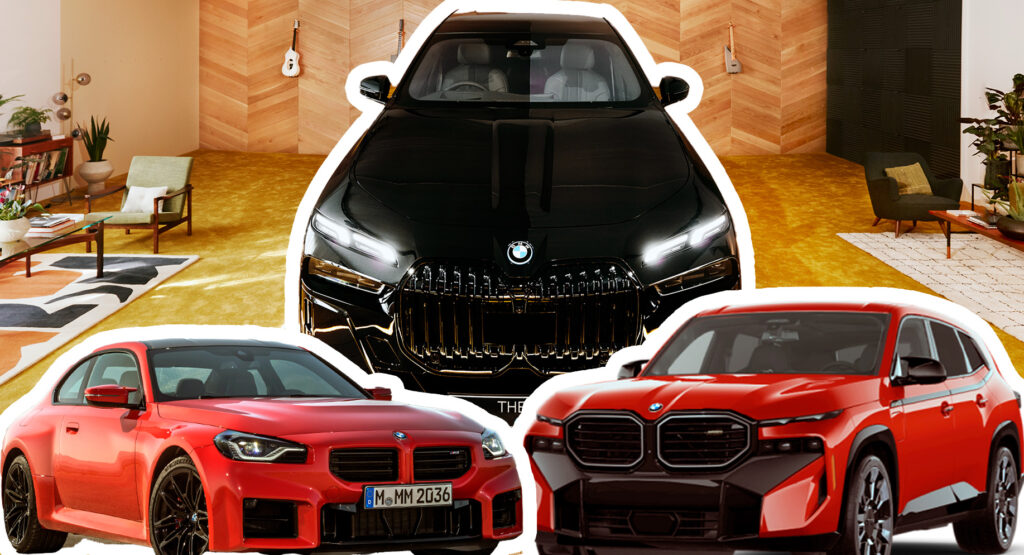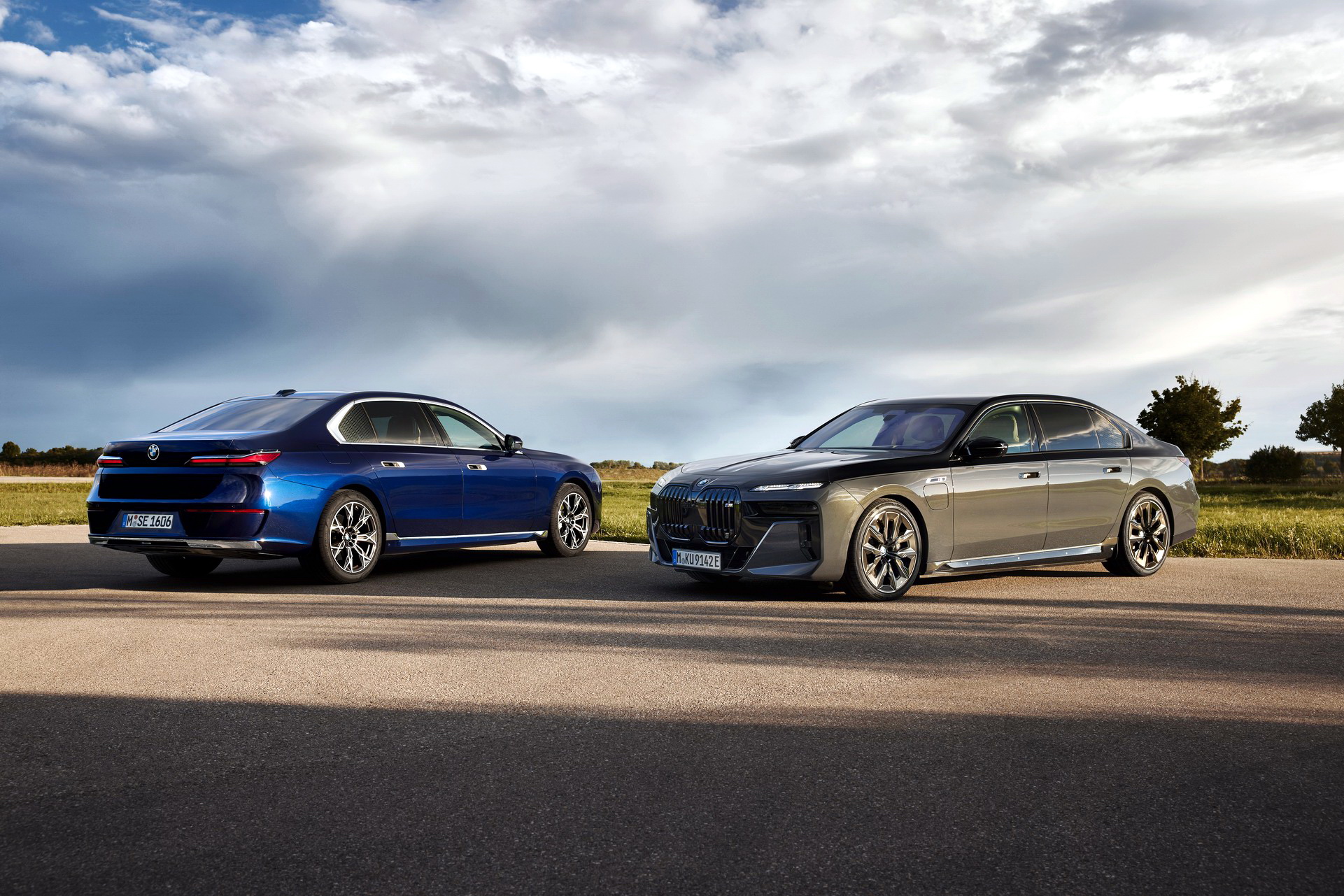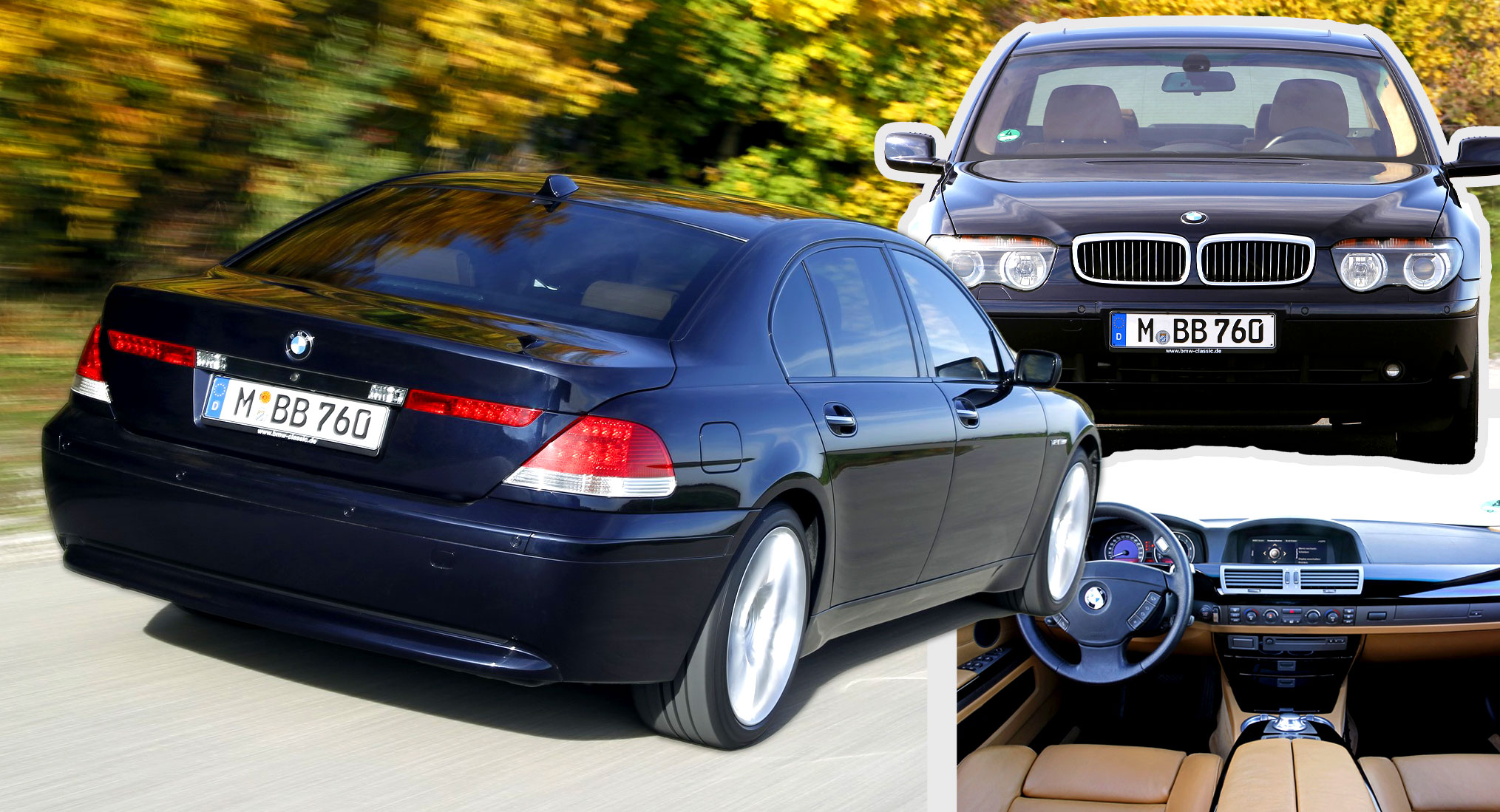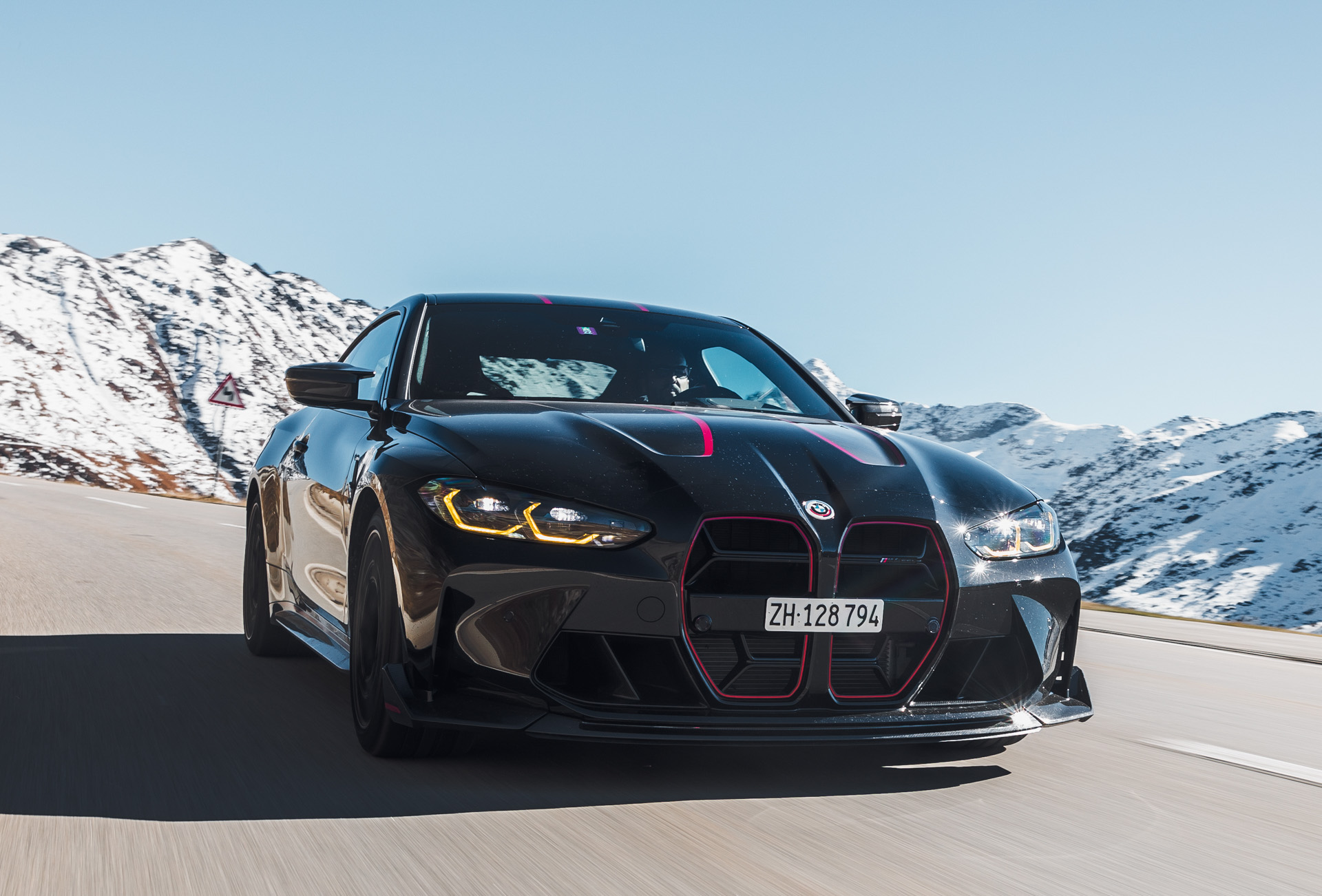BMW has no intention of toning down its current design language, noting that courting controversy is an important plan for it to try and boost sales.
The designs of new BMW models have come under fierce criticism in recent years and the styling of the all-new XM has raised a lot of eyebrows. However, during a recent interview with Car Sales at the U.S. launch of the new 7-Series and i7, BMW chairman Oliver Zipse said it wants its vehicles to get people talking.
“Of course it’s a plan, otherwise we wouldn’t do it,” he said. “If you want to change design, any step into the future that is perceived as new will be controversial automatically. There’s no such thing as a future oriented design without controversy. That’s the trick: to have controversy and the outcome is ‘I want to have it’ and ‘I like it’, and of course it’s a plan.”
Read: Why BMW Is Totally Happy To Shell-Shock You With Its Designs
While speaking with the Australian publication, Zipse added that BMW has adopted a more conservative approach to the designs of its mainstream models, such as the 3-Series, 5-Series, X1, X3, and X5, and that it will push the design envelop with some of its more niche models, like the all-electric i7 and the hybrid XM.
“We drove this morning through Palm Springs and if you looked at all the other cars, they all look alike,” Zipse told the media. “They’re aerodynamically streamlined, there are not ugly cars any more. They’re not great, but they’re not ugly cars. They look very much alike. If you want to have modern, future-oriented design, you will automatically get controversy and of course we want that. That doesn’t mean people won’t buy it and of course we want to start a discussion about ‘what are they doing here?’”
Read: 20 Years After Its Launch, What Are Your Thoughts On Chris Bangle’s BMW 7 Series E65?
Zipse believes that getting people talking is the key to driving sales and implied that the controversial E65-generation BMW 7-Series (pictured above) designed by Chris Bangle outsold its predecessor in part because of its wacky shape.
“I want controversy,” he said. “In the early design if you do not have controversy, that’s the mistake you make. Out of the controversy you get engagement. You get people thinking about it and thinking about alternatives.”






